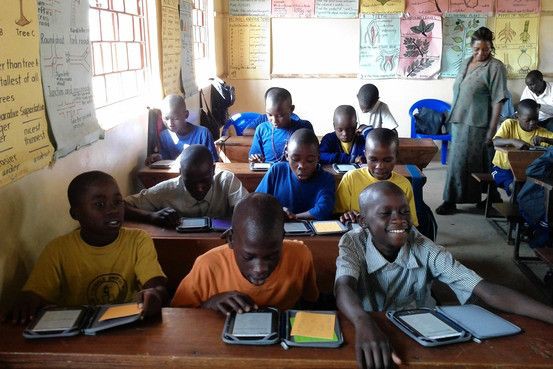Primary and secondary education is free in Zambia. From the year 2022, secondary school students, usually children aged 13 and older were able to attend classes completely for free. Primary education has been free in Zambia since 2002.
The Education for All policy is a game-changer for the education sector in Zambia. The Millions of school children in Zambia now have hopes of attaining secondary level education following the free education policy unveiled by the government of President Hakainde Hichilema. Because of the free education policy, various regions of the country have been reporting enrolment of thousands of school children and youths who are taking advantage of the policy which has made education not to be reserved for the privileged and elite.
In North Western Province, at least 4,700 pupils went back to school after the Government introduced free education. Other regions reported even higher figures.
Primary schools are spread in all parts of the country. Zambia has close to 110 Districts. Primary schools are owned by the government, the private sector and communities. Teachers work there voluntarily or for small stipends, unless these schools are sponsored by charities. Some community schools charge significant fees and resemble low-end private schools, but most are very cheap and cater to pupils for whom the local government school is too far away.
The introduction of fees in the late 1990s has made university level education inaccessible for some, although the government does theoretically provide state bursaries.
Budgeting and Finance
Abolishing school fees creates a financing gap that will have to be met by the government. While the move to provide free education is welcome, the loss in income from tuition fees and PTA contributions implies that schools will now be wholly dependent on the Government for meeting most non-wage expenditures. Schools will have to rely on disbursements of grants from the Government, as opposed to the previous situation in which school fees were directly collected from learners and monies were readily available for use.
To finance the free education policy, the education budget was increased by nearly one-third in 2022. Expressed in current prices, government expenditure on education grew from K13.8 billion in 2021 to K18.0 billion in 2022; an increase of 31.2 percent. The increase was driven by the unprecedented recruitment of 30,000 teachers and the construction of new schools. The allocation of the budget to education is the third largest expenditure function.
However, given its importance, this allocation is still low and funding for education has continued to decline. Despite education consistently being among the top three expenditure allocations by function, the allocation to education is still below the recommended global commitments. The share of the budget allocated to education has steadily declined from 16.5 percent in 2017 to 11.5 percent in 2021 and to 10.4 percent in 2022.
More than half of the education budget is allocated to primary education. Primary education accounts for more learners than any other level of education. In 2022, primary education accounted for 56 percent of fund allocated towards education while secondary education accounted for 28 percent of the education budget allocation, and tertiary education allocated 8 percent.
The government also made additional funds available through the Constituency Development Fund to allow children from remote areas to attend boarding schools as well as get such personal items like uniforms and school shoes. The government said that it would realise the extra funding for the education sector by removing subsidies on fuel and electricity, among other initiatives.
Grants to schools have been increased to support the provision of free education. Many charities support schools and pupils in Zambia to complete their education.
Challenges: Gain for Parents and Pupils, Pain for Teachers
While parents and students rejoice over Zambia’s Education for All policy, teachers struggle with crowded classrooms. Before the free education policy came to be, the average pupil-teacher rate in secondary schools in Zambia was 36.9 and 61.9 in the primary level. Now, some teachers say, their classes hold more than 100 students.
Teachers say the government failed to provide the infrastructure and personnel to accompany the new policy, and that they are now left alone to manage the increase in enrollment. Teachers say the upsurge in enrollment in 2022 exposed an already frail school system.
A large share of public sector budgets for primary and secondary school education goes toward teacher salaries, with insufficient funds remaining for inputs such as textbooks, teacher training, and developing school management that would improve the quality of education.
The Government’s plan to build 120 secondary schools will greatly contribute to improving access to education. These new schools will need to be adequately resourced with school teachers and equipment.
Preserving the Gains
The measures put in place to support the Education for All policy require significant financial investments. It is therefore critical that the Government explores new approaches to financing education not only to increase enrolment, but also to improve the quality of education provided. While savings from the removal of energy subsidies will provide additional financing, more resources are required.
Engagement with the private sector will unlock new opportunities for the country and bridge the gap in financing.
With every child that benefits from the Education for All policy and with every teacher that is recruited, Zambia moves a closer to a brighter and innovative future.


